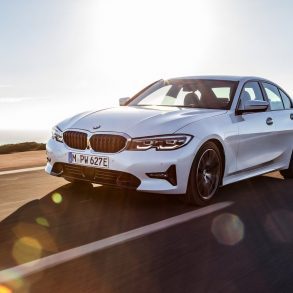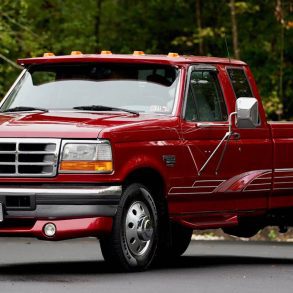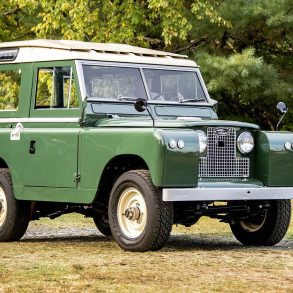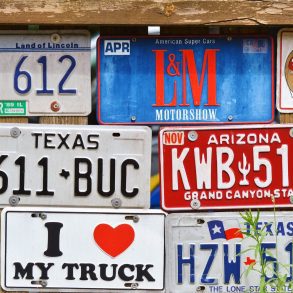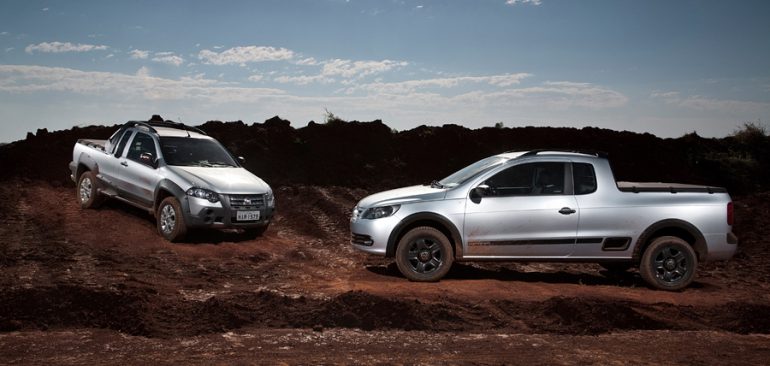 Pickup trucks were originally developed in the US as an easy way to carry cargo and two people in a cabin, and for a long time were available in all different sizes, ranging from the really small (Subaru BRAT, Dodge Ram 50, VW Caddy) to full-size. By the mid-80s, however, truly small pickups has fallen out of favor with customer and new models neatly fell into two main segments: so-called small pickups that were not really small (Chevy S-10/Colorado, Ford Ranger, Toyota Tacoma) and full-size pickups (Chevy Silverado, Dodge/Ram pickup, Ford F-series), with only the Dodge/Ram Dakota trying to squeeze in between as a medium pickup. This continued for over two decades until the end of the early 2010s, when the main three US carmakers discontinued their small/medium offerings. And while Chevy has since re-entered the market with a new midsize Colorado there are no more truly small pickups on the US market.
Pickup trucks were originally developed in the US as an easy way to carry cargo and two people in a cabin, and for a long time were available in all different sizes, ranging from the really small (Subaru BRAT, Dodge Ram 50, VW Caddy) to full-size. By the mid-80s, however, truly small pickups has fallen out of favor with customer and new models neatly fell into two main segments: so-called small pickups that were not really small (Chevy S-10/Colorado, Ford Ranger, Toyota Tacoma) and full-size pickups (Chevy Silverado, Dodge/Ram pickup, Ford F-series), with only the Dodge/Ram Dakota trying to squeeze in between as a medium pickup. This continued for over two decades until the end of the early 2010s, when the main three US carmakers discontinued their small/medium offerings. And while Chevy has since re-entered the market with a new midsize Colorado there are no more truly small pickups on the US market.
As a results, I think American customers are missing out on two segments which would fit their needs perfectly: small pickups and even smaller, subcompact pickups. The newest and arguably the most interesting small pickup is the Fiat Toro. Based on mixed Jeep Renegade and Cherokee components, the car stands out thanks to a front facia that uses the same split daylight/main lights styling previously deployed by the Fiat Multipla, Nissan Juke and Jeep Cherokee. Designed primarily for the South American market, the Toro promises to offer interesting styling, modern underpinnings, a spacious cabin for five and a decent-sized load bay within a package much smaller than, say, a 4-door version of the Chevy Colorado (the Colorado is at least 5.35m/210in in length, compared to 4.9m/192in for the Toro).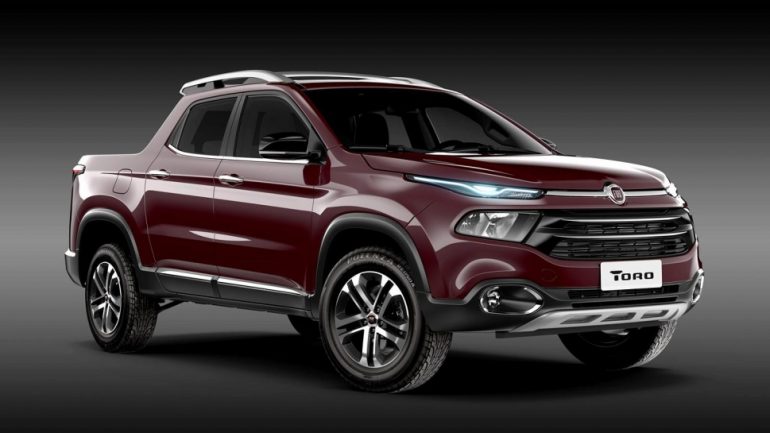
The Toro may be the most recent but it is definitely not the only member of the new small pickup segment. Another new addition is the Renault Duster Oroch, targeted again at the South American market and based on the extremely popular Dacia Duster SUV developed for the European market by Renault’s cut-price brand. What makes these models different from small pickups of yore is that they’re built around monocoques and use components derived from comfort-oriented mass market SUVs. As a result, they are close to the Australian Ute formula of “carry ranchers to church on Sunday and take sheep to market on Monday”, which I feel would suit the needs of many pickup buyers to T, offering them better space efficiency and better comfort than the current crop of body-on-frame pickups.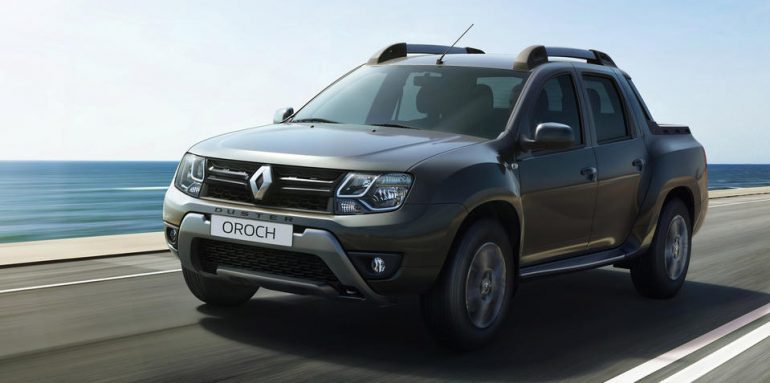
The truly fascinating prospect for me, though, would be if carmakers took the brave pill and brought subcompact pickup cars to US customers. Cars such as the Fiat Strada and VW Saveiro are based on subcompact FWD cars (the Palio and Gol, respectively), are around 4.5m/177in in length and offer much lower running costs than its larger brethren. As a matter of fact that Fiat Strada is already offered across the boarder in Mexico as the Ram Strada.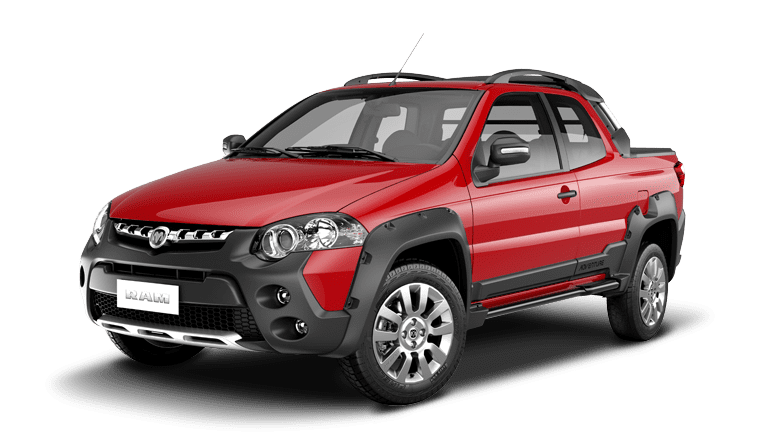
And this would not be the first time that such cars were offered in the US – the aforementioned Subaru BRAT, Dodge Ram 50 and VW Caddy were all about the size of the current subcompact pickups and did pretty well in the market in the early 1980s.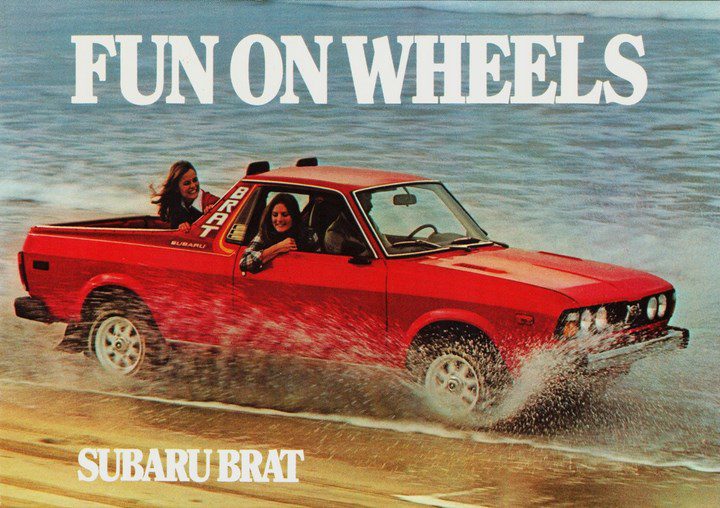
Of course, one has to acknowledge the elephant in the room, which is that pickup customers are some of the most macho, appearance-conscious buyers in the market. The pickup is often much more than a way to ferry people or cargo around – they are symbols of a male driver’s masculinity and a way to express his individuality through modifications. On top of that, pickup buyers are arguably the most patriotic and conservative, which is the reason Japanese copycat designs such as the Toyota Tundra and Nissan Titan have struggled, and the monocoque-bodied Honda Ridgeline bombed in the market. That said, the Japanese brands’ smaller offerings, Toyota Tundra and Nissan Frontier, have done much better, so possibly the market would be willing to try out something new and smaller. The success of small vans such as the Ford Transit Connect or Ram Promaster City suggests that american business consumers are open-minded enough to downsize to smaller, cheaper and more efficient models. Now – will Fiat or VW be brave enough to try?


